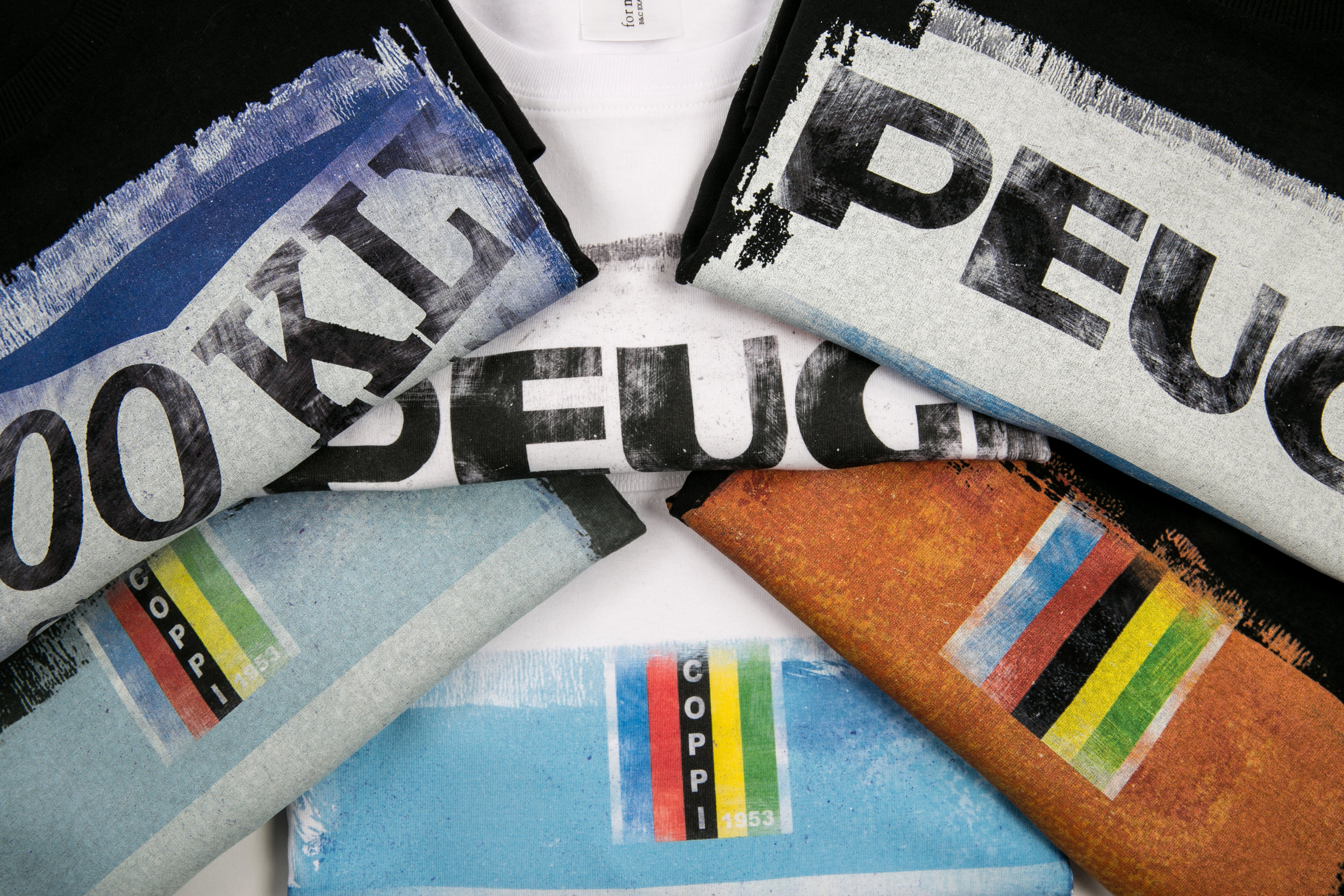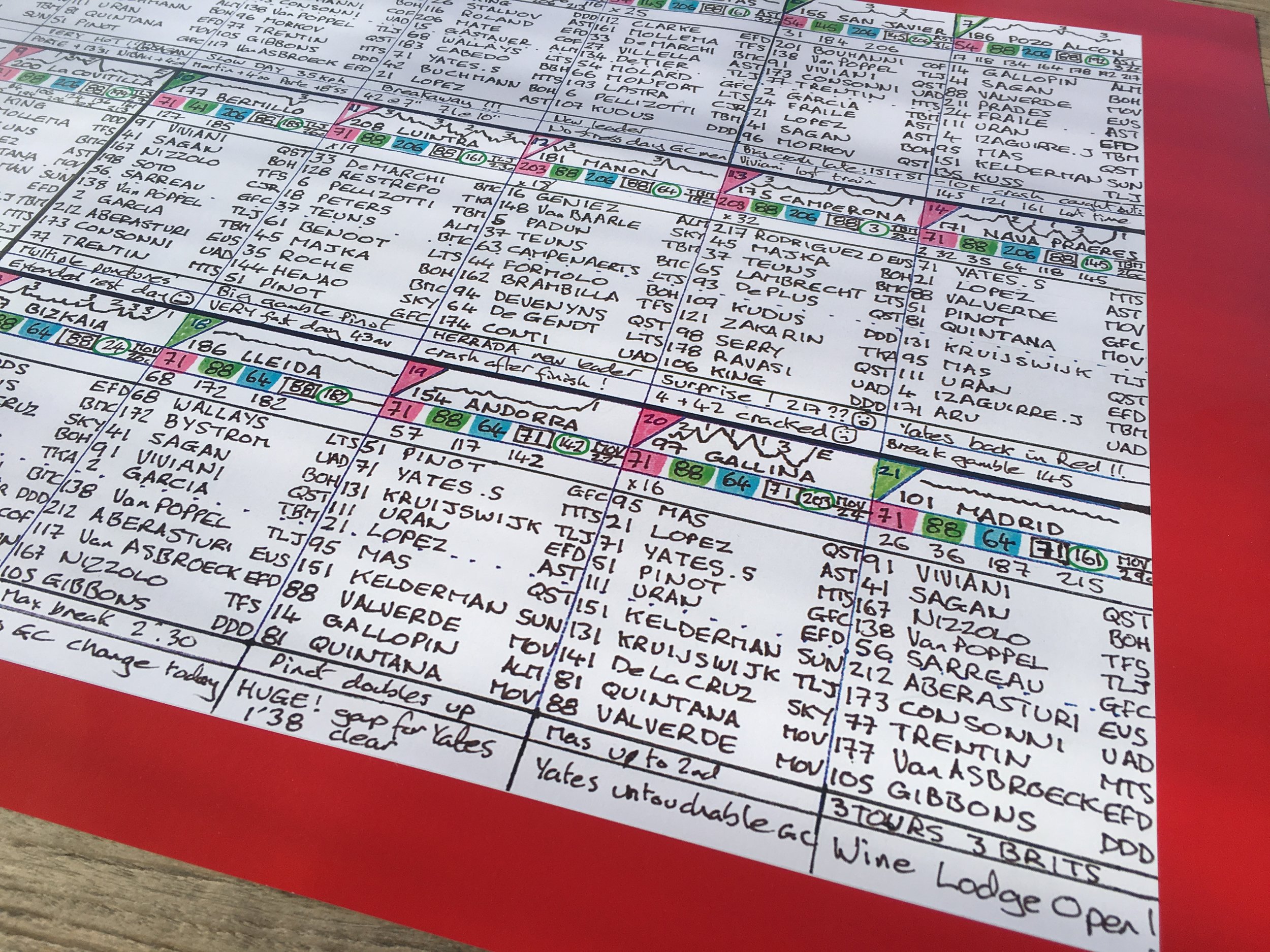By Robbie Broughton
This year’s Paris-Nice has had its two flat stages and a time trial. The peloton have leap-frogged across the Massif Central and are already in Provence for the final 4 days of racing. One suspects that they were more than happy to leave the frozen wastes of the north and get down south as soon as possible. It is, of course, known as “The Race to the Sun.”
In its first edition back in 1933 it was named “Six Days of the Road” and was designed as a way of easing bike racers back into road cycling after the six day track season. It was the brainchild of Albert Lejeune who owned two newspapers “Le Petit Nicois” based in Nice and “Le Petit Journal” whose offices were in Paris.
Paris and Nice are, as well as being poles apart in terms of distance, cities of different character, climate, architecture and lifestyle and none more so than back in the 1930s when distances were so much greater. Paris may be able to boast grand and beautiful buildings, but Nice has a special flavour of its own. A part of the Dominion of Savoy for centuries, it only became permanently a part of France in 1860. Its Italian roots are still very much in evidence today.
Lejeune was a man with a foot in both camps – what better way to join the two cities together than by creating a bike race on the road from one to the other? And what better place for the peloton to roll out from than the Café Rozes on the Place d’Italie for the start 85 years ago?
While the race survives to this day, attracting a glittering array of stars, poor old Albert Lejeuene’s fortunes weren’t so lucky – he was executed in 1945 for allowing his newspapers to be used as a mouthpiece for Nazi collaborators during the war.
It wasn’t until the 1950s under the stewardship of Jean Leulliot as organiser that the race began to capture the hearts and minds of the public as well as becoming an important race in its own right, rather than a warm up for the season ahead. Somewhat of an innovator and forward thinker, Leulliot instigated the idea of a time trial prologue and even introduced the first ever Tour de France for Women.
The austerity of the war years was coming to an end and the Cote d’Azur was becoming glamorous. Nice's mayor of the time, Jean Medecin, launched a huge marketing campaign to promote the region and threw his backing behind the race which was renamed “Paris-Cote d’Azur.” Its reputation as a race that starts in the frozen north at the end of winter and arrives in the sunny, warm, glamorous spring of the south remains part of its appeal today.
Like many of the great races it’s had its fair share of historic moments: rivalries, controversies and stories of heroism that have cemented its place into cycling culture and heritage. The rivalry between Anquetil and Poulidor really set it alight. Here were two riders who divided the nation. Anquetil was the elegeant perfectionist whose style on the bike remains unequalled to this day. Poulidor, or Poupou as he was affectionately known had a teddy bear physique and underdog status.
Maitre Jacques and Poupou
Against all odds, Poupou beat Anquetil on the time trial in 1966 only for Maitre Jacques to win back the leader’s jersey on the final day. But it was a race where Poulidor seemed to be able to pull off the unexpected, even beating Eddie Merckx in 1972. The cannibal had dominated the race from the start, winning stages and even mopping up intermediate sprint points. He was photographed posing next to the winner’s prize, a speedboat, the day before the finish. Everyone, including Merckx himself assumed he would win it, only for the French favourite to snatch victory from him on the last day.
Controversy continued in the 80s with Bernard Hinault ploughing into a crowd of striking shipyard protesters. Flinging his bike to the ground he proceeded to lash out at the demonstrators - his punch that was caught on camera remains one of the most memorable pictures of all time.
The badger lashes out
The race's British winners have included Tom Simpson who took the leader’s jersey in 1967, only for him to die on Ventoux a few months later. Bradley Wiggins took it in 2012 and Geraint Thomas in 2016. But it was two Irishmen, Stephen Roche and Sean Kelly, who battled it out for the title in the 1980s. Roche may have the honour of his 1987 triple crown of Giro, Tour de France and World Championship, but Kelly’s barnstorming seven consecutive wins between 1982 and 1988 are testament to a bike rider of true grit, character and class. The cycling public of France took note and still remember – Kelly is revered in France as one of the greats, even though he never won a Tour de France.
Kelly won it on seven consecutive occasions
Fast forward to 2018 and, while Paris-Nice vies for top spot with an Italian rival, the Tirreno Adriatico which runs at the same time, it still attracts a roster of top riders. The Spaniard, Luis Leon Sanchez holds the leader’s jersey 15 seconds ahead of Wout Poels who will be looking to lift a beleaguered Team Sky this week. Julian Alaphilippe in third place and 26 seconds behind, will be fighting for a home victory in a race that hasn’t been won by a Frenchman since 1997.
We have three stages left, two lumpy and one mountainous day on Saturday that sees the riders tackle the Valdebore La Colmiane. They may be rolling out of the genteel Promenade des Anglais, but there’s nothing gentle about this savage ascent that could well decide the GC battle. Meanwhile there’s no processional finish on the final day – it’ll be bitterly fought with six categorised climbs, ensuring a tough finish to the race. It could be a thriller decided by a matter of seconds. Not to be missed!




































